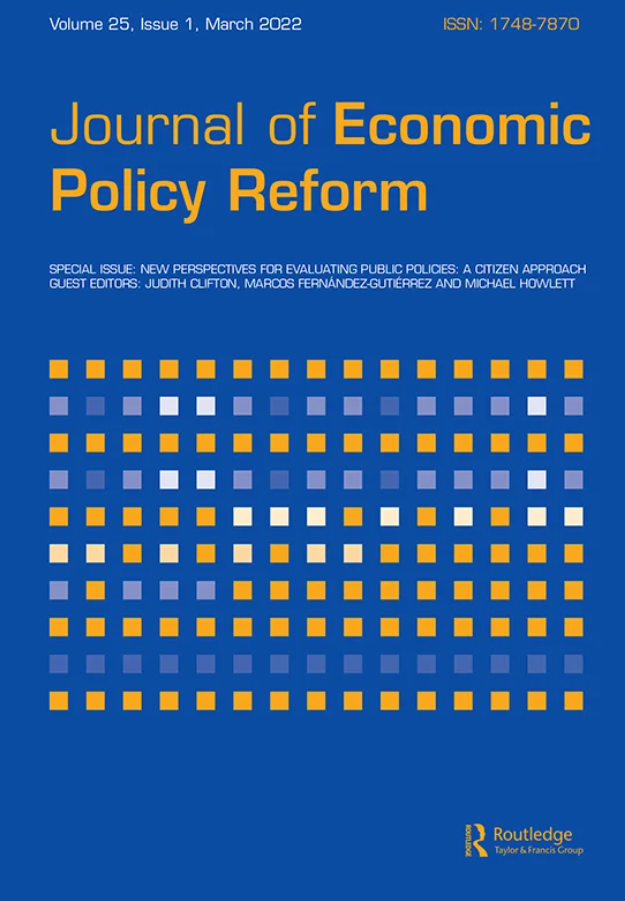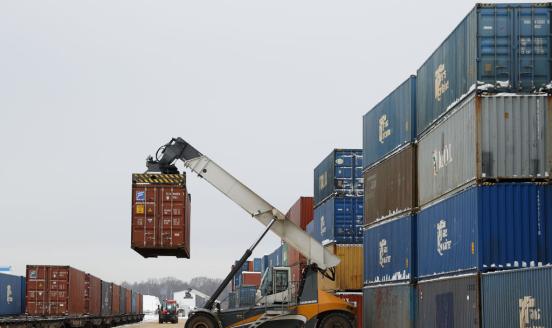What drives implementation of the European Union’s policy recommendations to its member countries?
Article published in the Journal of Economic Policy Reform.
With a specially prepared dataset, we investigate whether and why EU countries implement EU policy recommendations. We focus on recommendations outside the fiscal rules and find that implementation rates are modest and worsened at a time (pre-pandemic) when the economic environment had improved and market pressure on sovereigns had subsided. We empirically test three hypotheses determining implementation: (i) legal strength of the EU process; (ii) pressure from financial markets; and (iii) macroeconomic environment. The econometric estimates indicate that a higher sovereign default probability and economic fundamentals increase the likelihood of reform. Stronger EU surveillance does not seem to drive reforms.




